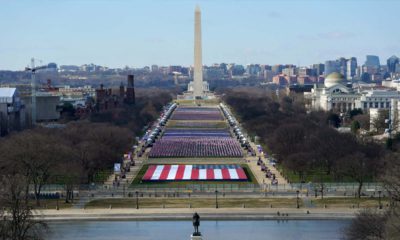Published
7 years agoon
By
gvwire
There is something with life-and-death consequences that the Trump administration didn’t say a word about during its successful pursuit of a travel ban on people from seven countries.
Perhaps that’s why the president of the American Medical Association wrote a letter to the Department of Homeland Security last year explaining how the ban would negatively affect Americans who are already underserved.
Did you know that nearly 1 in 5 of all U.S. healthcare workers are immigrants?
In addition, 28% of all doctors and surgeons in our country are immigrants, according to the Migration Policy Institute.
“India, China, Philippines, Korea, and Pakistan are the top five origin groups for physicians and surgeons,” said Jeanne Batalova, a senior policy analyst and demographer at MPI.
Iran and Syria, two of the countries whose citizens are no longer allowed entry to the US, are the sixth and 10th largest contributors, respectively.
“So we’re talking about substantial representation from these countries (in the doctor workforce) here,” Batalova said.
Drilling down deeper: Foreign-trained doctors make up more than 50 percent of geriatric medicine specialists and nearly 40 percent of internal medicine doctors.
To learn more, check out “How Trump’s travel ban threatens health care, in 3 charts” at Vox.com.


Bill McEwen: Five Steps to Heal America Under Biden


Trump Administration Sets 1st of 5 Executions Before Biden Inauguration.


Federal Judge in California Blocks Trump Rule Inhibiting Unions


Did You Get Strange Seeds in the Mail? ‘Don’t Plant Them,’ Says Ag Commission


UK, US, Canada Accuse Russia of Hacking Virus Vaccine Trials


Can California Save America From Itself?




